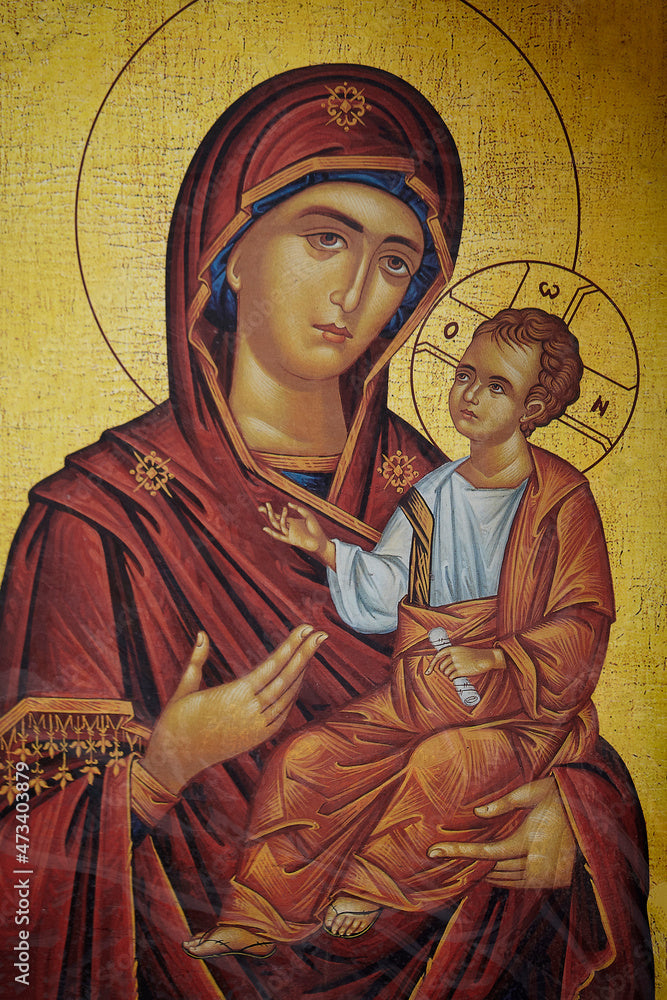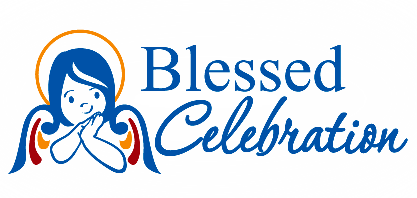
A Deep Dive into Greek Orthodox Icons: History, Meaning, and Modern Appeal
Greek Orthodox icons have long been more than just religious art—they are windows into the spiritual and historical soul of a people. These sacred images, steeped in tradition and theology, have guided the faithful through centuries of change, conflict, and renewal. In this blog post, we explore the fascinating history of Greek Orthodox icons, uncover their deep symbolic meanings, and examine how they continue to captivate modern audiences.
The Historical Journey of Icons
Roots in Byzantine Tradition
The origins of Greek Orthodox icons are deeply intertwined with the Byzantine Empire. During this period, icons were not only expressions of piety but also powerful tools for conveying theological truths. Crafted with meticulous attention to detail, early icons served to educate the largely illiterate faithful about the stories and lessons of the Bible. Their distinctive style—characterized by a sense of solemnity, gold backgrounds, and stylized features—reflected the empire’s aesthetic and spiritual values.
The Iconoclastic Controversy
One of the most defining episodes in the history of icons was the Iconoclastic Controversy, which spanned much of the 8th and 9th centuries. This period saw intense debate over the use of religious images. Iconoclasts argued that icons were a form of idolatry, while defenders, including influential figures like St. John of Damascus, upheld their importance as essential aids in worship. The eventual restoration of icons not only reaffirmed their role in Orthodox spirituality but also reinforced the idea that images could be both beautiful and sacred—a balance that remains at the heart of iconography today.
The Spiritual and Symbolic Meaning of Icons
More Than Art: A Theological Expression
For many in the Greek Orthodox tradition, icons are not simply artworks; they are considered “windows to heaven.” Each icon is imbued with layers of symbolism and is intended to be a conduit through which the divine can be experienced. The very process of creating an icon—often referred to as “writing” an icon—follows strict guidelines that are believed to be inspired by the Holy Spirit. This sacred method ensures that every brushstroke and color choice carries spiritual significance.
Symbolism in Every Detail
Every element within an icon is carefully chosen to convey specific theological messages:
- Colors: Gold, a dominant hue in many icons, symbolizes divine light and the eternal nature of God. Other colors, like deep blues and rich reds, can represent the humanity and suffering of Christ, respectively.
- Postures and Gestures: The serene expressions, outstretched hands, and other gestures depicted in icons are laden with meaning. They often communicate messages of blessing, intercession, and the promise of salvation.
- Composition and Layout: Icons are designed to lead the viewer’s eye in a way that encourages meditation and prayer. The central figures are usually larger and more detailed, signifying their spiritual importance, while background elements provide context and support the overall narrative.
Artistic Techniques and the Craftsmanship Behind Icons
The Tradition of Iconography
The creation of an icon is a labor of love that blends art with deep spirituality. Iconographers, often trained for years under a master, learn to balance traditional techniques with their own personal insights. This rigorous apprenticeship ensures that the techniques passed down through generations—such as egg tempera painting and the precise application of gold leaf—are preserved as living traditions.
Modern Innovations with Respect for Tradition
While the core principles of iconography remain unchanged, modern artists are finding innovative ways to keep this tradition alive. Some contemporary iconographers incorporate subtle modern elements while remaining faithful to the canonical forms. This melding of old and new ensures that icons continue to speak to both traditional congregants and a new generation seeking spiritual expression through art.
The Modern Appeal of Greek Orthodox Icons
A Bridge Between Past and Present
Today, Greek Orthodox icons have transcended the confines of church walls to become cherished pieces in homes around the world. For many, these icons offer a tangible connection to a rich cultural and religious heritage. Displayed in living rooms, offices, or personal prayer corners, icons invite daily reflection and serve as a reminder of the enduring power of faith.
Icons in Contemporary Decor
Modern interior design has embraced the timeless beauty of icons. Their intricate details and vibrant symbolism add depth and character to any space, making them popular choices not only for their religious significance but also as elements of sophisticated décor. Whether in traditional households or modern urban apartments, icons continue to inspire conversations about art, history, and spirituality.
Collecting and Preserving Spiritual Heritage
As the interest in preserving cultural heritage grows, many collectors and enthusiasts are turning to Greek Orthodox icons as a way to honor their ancestry. Antique icons, in particular, are prized not only for their beauty but also for the historical narratives they carry. Collectors often view these pieces as family heirlooms—treasures that encapsulate centuries of faith, artistry, and tradition.
Incorporating Icons into Your Daily Life
Creating a Personal Shrine
For those looking to integrate icons into their daily routine, creating a personal shrine can be a meaningful practice. A small altar or dedicated space for prayer can serve as a focal point for meditation, reflection, and gratitude. By placing an icon in a prominent spot, you invite a daily reminder of the values and lessons embodied in the sacred image.
The Role of Icons in Community and Worship
In addition to their personal significance, icons play a vital role in community worship. During liturgical services, icons are often used to focus prayer and facilitate a communal sense of reverence. Their presence in churches underscores the unity of the faithful, linking individuals through a shared visual language of devotion and tradition.
Caring for Your Icon
Whether you inherit an antique icon or commission a new piece, proper care is essential to preserving its beauty and significance. Regular cleaning, respectful handling, and appropriate display conditions ensure that your icon remains a cherished symbol of faith for generations to come. Many artisans and experts offer guidance on the preservation techniques best suited to these delicate works of art.
Conclusion
Greek Orthodox icons are far more than relics of the past—they are dynamic expressions of a living faith that continues to inspire and transform. Their rich history, profound symbolism, and modern appeal make them enduring treasures that bridge the gap between ancient traditions and contemporary spirituality. Whether you are a devout practitioner, an art enthusiast, or someone looking to reconnect with cultural roots, exploring the world of icons offers a journey into the heart of what it means to see the divine in the everyday.
At Blessed Celebration, we honor this sacred tradition by offering a curated selection of icons that embody the beauty and depth of Greek Orthodox heritage. We invite you to explore our collection and find the perfect piece to enrich your home and spiritual practice.
Embrace the timeless allure of Greek Orthodox icons—where every image tells a story, and every story is a step closer to the divine.

Leave a comment